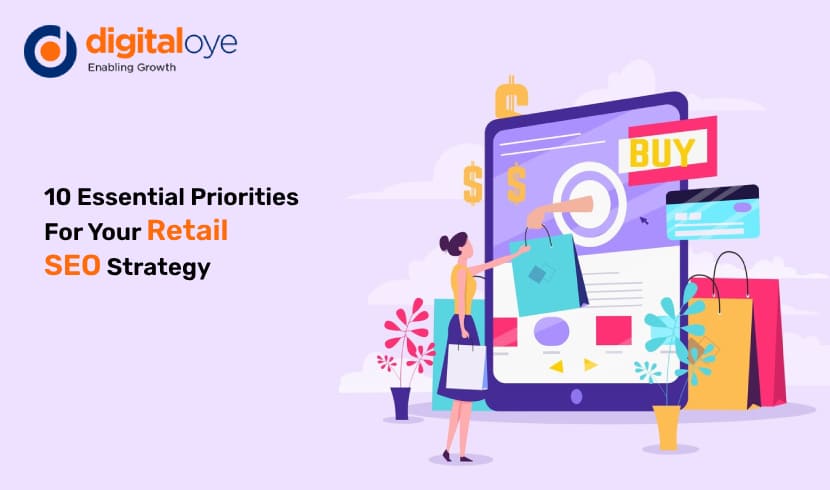
SEO is an effective way to attract relevant consumers to your online platform, but the best SEO strategy helps you achieve your goals. Retail stores today need to up their game — and the right SEO services can give them a significant lift in visibility and sales.
Ecommerce is expected to reach almost 35% of sales by 2023, rising from 23% in 2019, according to Edge Retail Insight. Now is a great time for retailers to embrace the challenge of bringing technology and data together in the offline world. Partnering with a trusted SEO Company in India can help retailers bridge this gap efficiently.
Research shows that customers prefer a blend of online and offline shopping. Regardless of how transactions are carried out, most customers use web search tools for discovery and comparison shopping.
That means whether clients are shopping in your store, on your website, or via social commerce platforms, SEO remains a key opportunity that retailers can't afford to miss. A professional SEO Agency ensures that your business ranks higher on search engines, making it easier for customers to find you when they’re ready to buy.
SEO enhances your online visibility, helping your retail brand stand out in a competitive market. The more people see your website, the more your online traffic increases, and the better your chances to promote your products or services to a larger audience.
Many SEO strategies work, but first, it’s important to understand a few key points before implementing them. Below are the 10 essential retail SEO strategies that can help your business grow sustainably with the expertise of a leading SEO Company in India.
Keyword research is the foundation of every SEO campaign. Knowing what keywords consumers are searching for and how they’re searching helps improve your content strategy.
Include keywords in:
Regularly check your keyword rankings and compare them with your competitors. Ensure your website ranks on the first page of search engines through continuous optimization and high-quality SEO services.
Local search marketing is crucial for placing your retail business on the map when customers look for nearby stores.
A verified GMB listing is automatically SEO-optimized, helping local shoppers easily find your location and trust your business.
Structured data helps search engines understand your website content. For retail businesses, product schema is essential.
This enhances your site’s visibility and improves your appearance in search results.
As the saying goes, “Content is King.” Retailers must focus on unique, relevant, and high-quality content for product and category pages.
Quality content increases user trust and boosts SEO rankings when guided by a skilled SEO Agency.
Visuals are vital in retail. Optimized images improve user experience and help you rank in image search.
Optimized visuals not only improve SEO performance but also enhance page speed.
With most retail searches happening on mobile devices, mobile optimization is critical.
A mobile-friendly website delivers a seamless shopping experience and higher rankings.
Backlinks act as votes of confidence from other sites. High-quality backlinks improve authority and visibility.
A strong backlink profile shows search engines that your site is credible — a core focus for any professional SEO services provider.
An SEO-friendly page template ensures search engines easily crawl and index your site.
Clean templates improve site usability and SEO performance with minimal effort.
Technical SEO ensures that search engines can access and index your website smoothly.
A solid technical foundation boosts your ranking potential — something every SEO Company in India emphasizes.
You can’t improve what you don’t measure. Tracking SEO metrics helps gauge your performance and ROI.
Continuous monitoring and optimization ensure your SEO strategy remains effective and aligned with changing algorithms.
An optimized retail website builds trust and credibility. By partnering with a reliable SEO Agency, you can enhance your visibility, attract qualified traffic, and convert visitors into loyal customers.
For long-term success, focus on maintaining an SEO-friendly website that loads quickly, delivers valuable content, and provides an excellent user experience — the pillars of a winning strategy from any expert SEO Company in India.
SEO Expert
As an SEO Expert, I'm dedicated to optimizing digital content for maximum visibility and engagement. With a deep understanding of search engine algorithms and trends, I specialize in driving organic traffic and improving website rankings. My expertise spans keyword research, on-page and off-page optimization, technical SEO, and analytics.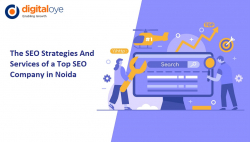 The SEO Strategies And Services of a Top SEO Company in Noida
The SEO Strategies And Services of a Top SEO Company in Noida
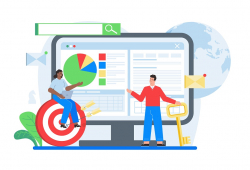 Why New and Old Businesses Should Hire a Reputable SEO Company
Why New and Old Businesses Should Hire a Reputable SEO Company
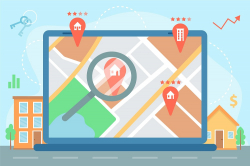 Local SEO in 2026: Proven Ways to Rank Higher in Your Area
Local SEO in 2026: Proven Ways to Rank Higher in Your Area
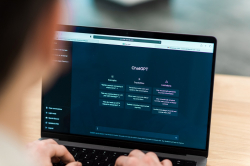 How the SEO Companies Can Help You To Rank in ChatGPT
How the SEO Companies Can Help You To Rank in ChatGPT
 How to Use AI SEO to Improve Your Website
How to Use AI SEO to Improve Your Website
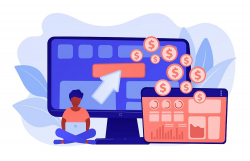 PPC Services That Help Your Business Reach the Right Audience
PPC Services That Help Your Business Reach the Right Audience
 What Are Large Language Models (LLMs) and Why They Matter in AI SEO
What Are Large Language Models (LLMs) and Why They Matter in AI SEO
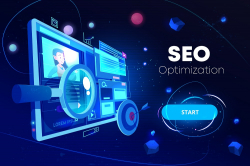 What is AI SEO and How Can It Boost Your Rankings in 2025?
What is AI SEO and How Can It Boost Your Rankings in 2025?
 RCS Marketing: Why It Matters and How to Implement It Effectively
RCS Marketing: Why It Matters and How to Implement It Effectively